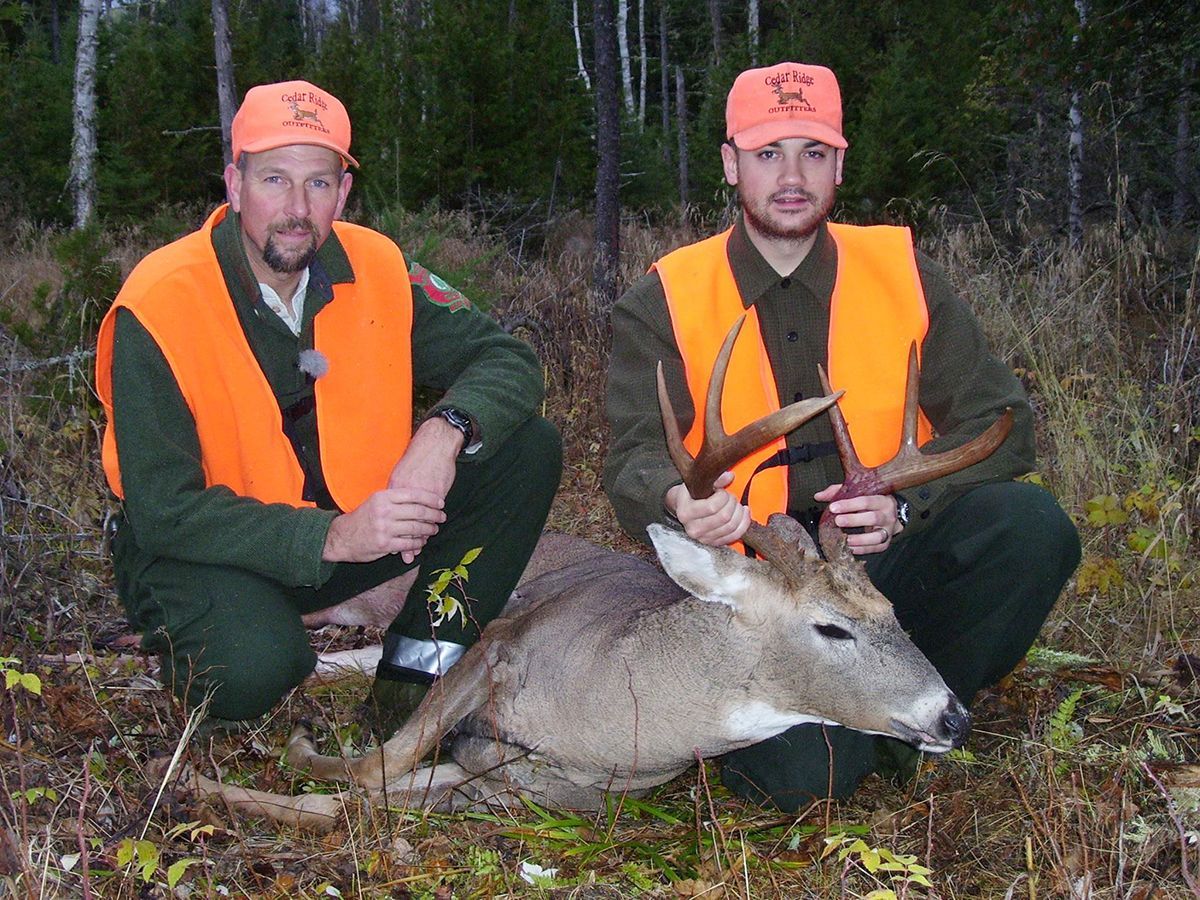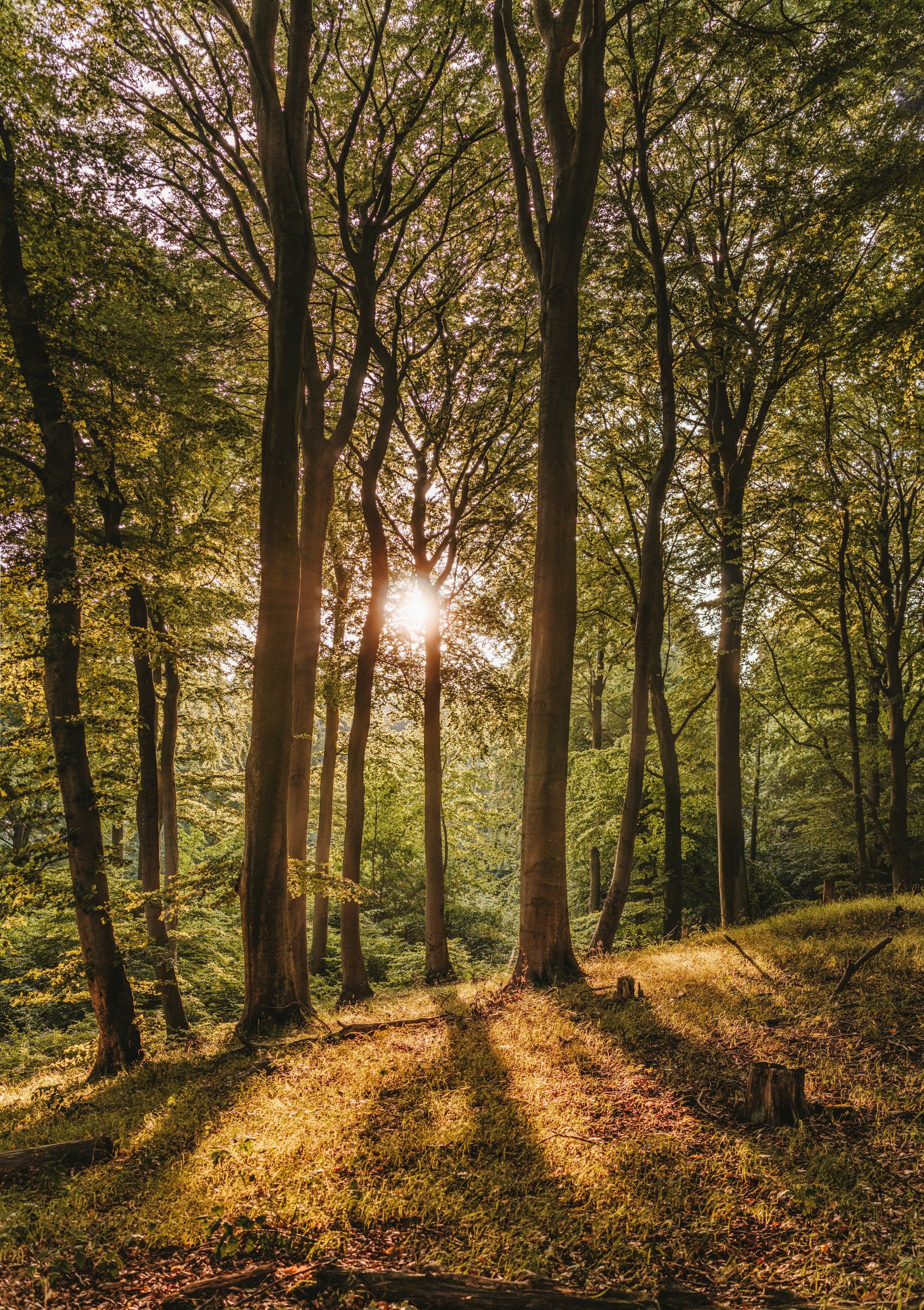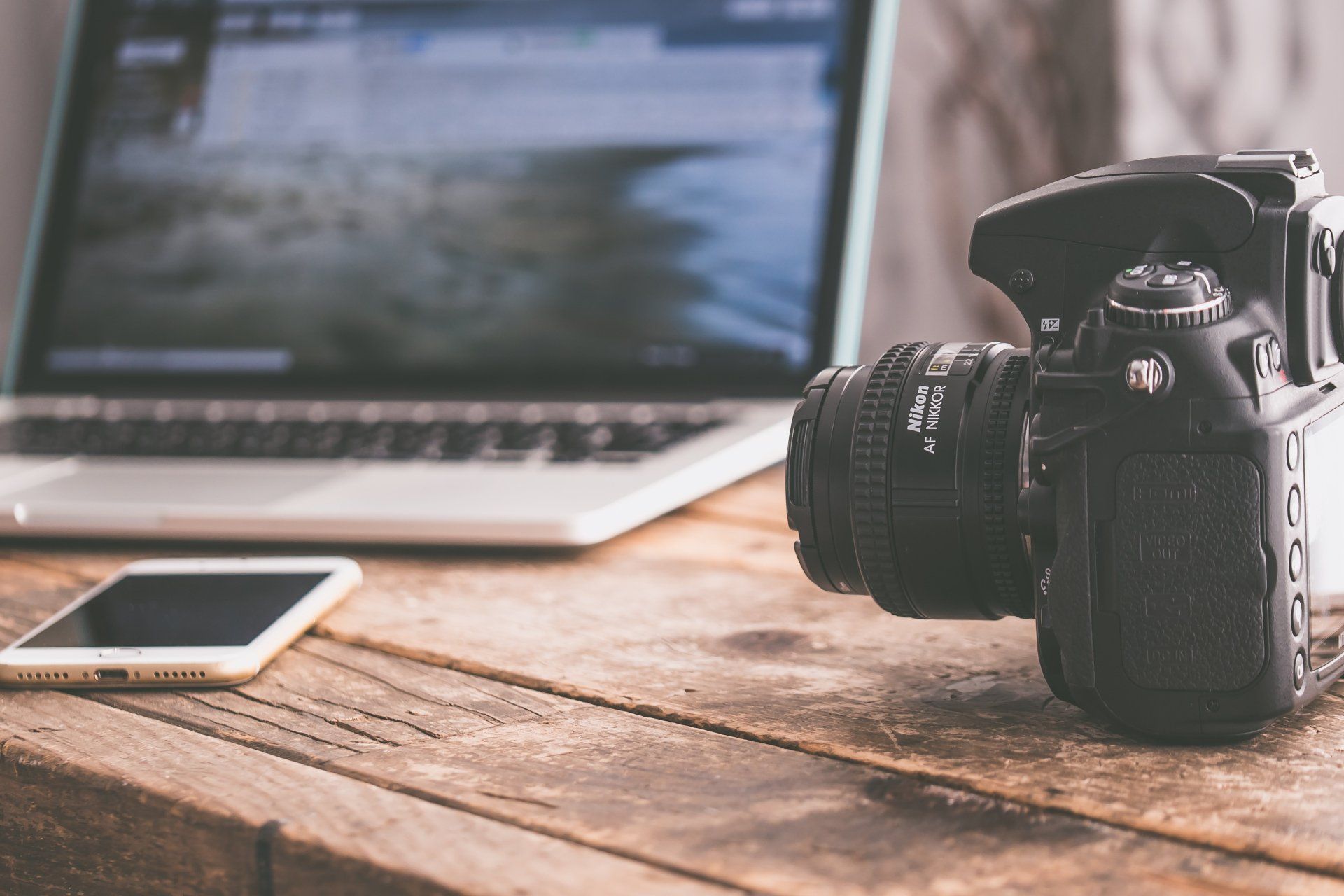Get in touch
555-555-5555
mymail@mailservice.com
Blog

By Will Lund
•
22 Mar, 2023
On Monday evening, March 20, 2023, Hal Blood shared his experiences as a longtime guide, with other members of New England Outdoor Writers Association. “I’m not much of a tree-stand guy,” explained Hal, who is known for his tracking abilities. “I need to keep moving in the woods. If I sit still, my legs start to twitch, and I find myself wondering what’s over the next rise. “In the deer woods, I look for signposts – meaning areas where whitetails have left scent for others to find. I’ve noticed that certain trees in the north country – especially brown ash – serve this purpose year after year. All animals mark their territory, and deer are no different.” Asking the Wrong Question In addressing what were the best questions to ask a guide you are considering hiring, Hal began by identifying the one question that he believes is the LEAST helpful way to start the conversation: “What’s your success rate?” Inevitably, guides who answer that question are more optimistic than the results at the tagging stations reveal; namely, that about 10% of deer hunters tag out, while the registration rate for bear hunters is about 25%. However, most guides will predict success rates of 80% - 90%. During bear season, Hal’s wife used to set up a chart that hung on the camp wall listing all categories of hunting result, including: 1) number of sightings; 2) whether animals sighted were boars, sows or cubs; 3) number of shots fired; 4) number of animals killed; 5) number of animals missed; and 6) number of animals wounded. By referring to this chart, Hal was able to have an intelligent discussion with potential clients about the level of activity in camp. He said on occasion, when asked “What’s your success rate?” he was tempted to respond: “That depends – how accurately can you shoot?” The Right Questions to Ask Savvy potential customers ask about the qualities that make or break a hunt, such as What are the accommodations? Tell me about the meals? What will your approach to hunting be if the weather deteriorates? And the questions should go both ways. Hal said his wife was a good interrogator, which was important when hunters inevitably reported that they were in great shape and could walk for miles in the woods. “How old are you?” she would ask. “How much to you weigh? Are you a smoker?” Several hunters reported to Hal that they were relieved to get through the screening process set up by his wife. Trust your Guide A guide, said Hal, must combine the skills of a psychologist, a psychiatrist, a marriage counselor and a business consultant. He said icons of industry would ask for his economic advice, and other hunters would reveal deep, personal confidences – flattering to a guide, undoubtedly, since it meant the customer was placing full confidence in the guide’s leadership and skill. Economics Hal formerly operated a guide school, and he told the NEOWA audience that he’d advise students they would likely not become wealthy being guides. He could tell some of his students were focused on the revenue part of the guiding equation, and he did his best to reorient their attention to the other aspects of the job. Nonetheless, money issues are important, so it’s good to have an understanding in advance about the complete costs of the guiding service, up to and including discussing appropriate monetary tips, and whether those tips are retained by individual guides or are “pooled” with others, such as kitchen staff. Safety Safety is critical, said Hal, and every orientation focuses heavily on keeping safe in the woods – not only relating to firearms, but also wearing proper clothing for the weather conditions, and what to do if hunters get separated from their guide. It’s also important for customers to be honest with themselves and their guide concerning their physical condition and limitations. Men especially like to think their conditioning is the same as when they were in their 20s, when in fact their age, stamina and body shapes tell a different story. If customers are open about their abilities, it makes it easier for the outfitter to match the proper client with the best-suited guide. Reputation Hal concluded by making clear that it’s not only guides for whom reputation is important – the same goes for clients. A customer who is abusive or disruptive one year and who calls for a return trip the following year, is likely to be told, “Sorry – we’re all booked.” ***** All in all, a very enjoyable, informational and instructional presentation by Hal Blood.

By David Miller
•
24 Jan, 2023
Think back to when you developed your first fond memories of the great outdoors. We all remember those individuals who mentored us and provided guidance. Today’s trappers can mentor tomorrow’s, by sparking an interest in trapping and passing on the basic knowledge of trapping. First , young people develop an interest in trapping when they are told stories of the early fur trade during the early colonization of North America, and especially the subsequent exploits of the famous mountain men, and our country’s early westward expansion. Second , many young people will be intrigued if you show them the various types of traps and how each is used to catch targeted furbearers and take them humanely. A good instructor will show and explain the various related equipment used in trapping, along with the types and uses of baits, scents and lures for the different furbearers. Each lesson will include a focus on safety. Third , with the parents’ permission, take a youngster out on a short trapline. Make the trip fun, and don’t overdo it. Ensure you do go out on a nice day. You want to develop interest, not bore them or make them miserable. Bonus tip : Last but not least, take them to a Trappers Safety Course. Dave Miller is the former editor of the Maine Trappers Association newsletter. In 2022, Miller received the Lifetime Achievement Award from the association. He is the trapping columnist for The Maine Sportsman magazine.

By Matt Breton
•
24 Jan, 2023
This is written for NEOWA members who are whitetail deer hunters. I’m going to start this assuming that, as buck trackers, you have the basics down. You know what a buck track looks like, you have the ability to read and interpret the sign the deer is lying down, you’re persistent, and you can navigate into the rugged places where tracking often works best. Selection. Often, a bigger buck is easier to follow through the woods. This size deer should get you excited enough to spend a day or more in the tracking process. If you can, you also want to select an animal that is doing stuff that allows you to catch up to him – ideally, an animal that may be distracted. Hopefully, your buck won’t be on a ten-hour, straight-line romp, but sometimes, that’s what we get into. Pace. Going quickly to catch up to a buck seems wrong and not very sneaky, but is necessary. Catch up to the deer so you’re in the game, then start the real hunt. Save the super-slow intense sneakiness for when it seems likely that the buck is bedded, right here - right now. Shooting. Realistically, shots while tracking are highly variable and sometimes marginal. You need to be ready to quickly take the best shot you’re capable of, when it is presented. Safety is paramount. Missing is common. Practicing for running shots is essential, as is understanding whitetail anatomy such that a bedded deer, or a deer standing at any angle, is a legitimate target. Following up on snow should not be a problem. Good luck to NEOWA member hunters in the fall. Matt Breton is a member of Hal Blood’s Big Woods Bucks, and writes the “Vermont” column for The Maine Sportsman magazine.

By King Montgomery
•
24 Jan, 2023
In recent years, I’ve taken a majority of my photos in the field with either a smartphone or a tablet. Yes, my trusty Nikon SLR with a variable lens is nearby and ready for the moose that pops up, but in the boat or blind, it’s usually the iPhone or iPad that does the work, and I’ve published many smartphone pictures in slick paper national magazines, in newsprint publications, and on the web.

By Christi Holmes
•
24 Jan, 2023
Posting on social media regularly is a great way to engage with readers. It’s free, easy, and allows for a lot of creativity! Here are three tips for communicating your message through social media. Keep It Concise. Consider how you use social media – what type of posts stand out to you? Users have an attention span of only about eight seconds, so you need to grab their attention quickly. Keep it light and easy to read – think bullet points, not long paragraphs. Tease readers, then direct them with a link to longer pieces on your website. Use Media. A picture says a thousand words, so in keeping with Tip #1, use media. What type of media depends on what social media platform you’re using. I’ve found that Facebook posts with one photo do better than multiple photo posts, and reels (short videos) on Instagram garner more views that photos on Instagram. Engage. After your social media post, be prepared to respond to comments. Do a poll, or ask a question in your post, like “what is your favorite way to cook waterfowl?” to drum up engagement. Social media can be overwhelming, but spending a few hours a week can be fun way to reach new audiences. Christi Holmes writes for The Maine Sportsman, Bangor Daily News, and Old Town Canoes. Her pieces have been published in Ducks Unlimited, Shooting Sportsman Magazine, and Bear Hunting Magazine.

By Paul Fuller
•
24 Jan, 2023
If you’re interested in expanding your reach in the outdoor world, according to Southwick Associates, here is the latest report on how hunters, anglers, shooters and the broader outdoors access outdoor content. The number one way to access outdoor content is through the internet. In fact, between October and December, 2021, more than 60% used the internet to access fishing, hunting, or shooting entertainment or information. The report says that the next most popular media type was magazines, followed by television, state regulation guides, streaming services and podcasts. Now you know where the action is in today’s crowded content delivery methods. Paul Fuller is Past NEOWA President, and Life Member

By Tom Fuller
•
24 Jan, 2023
Writing a book to help pay the mortgage is hard work. And as with any hard work, getting the most and best help is, in my mind, only logical. The ins and outs of the publishing world are best known by professional publishers and editors, and working to find a publisher is where you should start your book project. Let me help. Selecting the Subject Matter Your first job is finding an appropriate book subject, a subject about which there are few if any competing books already in print. Amazon is a good place to start. You may want to write a book about fly fishing (I did), but I quickly found many titles that covered my favorite type of fly fishing – dry flies. I spent a considerable amount of time scanning the titles that were in print at the time, and I finally recognized the fact that there were no comprehensive books on “Underwater Flies for Trout,” the name of my first book. There were nymphing books and books that focused on streamers and still others on wet flies, but there were none that included all types of underwater flies. Choosing a Publisher Next, you need to find a publisher. You’ve already done much of that work by scanning the books that are already out there. If you found books that you like, jot down the identity of the publisher, and use the internet to find particulars – the address to use, the name of the editor who handles similar books, whether the company accepts unsolicited queries (most do), how well they pay, and how good their advances are. There are books out there that list these things. If you would prefer, you might want an agent to do all of these things for you (the finding a publisher part, not the writing of the book), but an agent will take a cut of your royalties, which may be meager for your first books. Drafting a Proposal When you find a publisher you like, you must then put a book proposal together. Please note, in this profession, you sell your idea first, then with half of your advance in hand because you now have a book contract, you write the book. You get the second half when they accept the manuscript. Please don’t spend six months to a year writing a book, only to find that no one wants it. Your book proposal may be the toughest part of the entire process. You need to compose a one-page letter selling your idea to your chosen editor. It needs to include the theme of your book, that it has little or no competition out there, why you should be the one to write it (e.g., your writing credits, and your professional background), and when you can deliver a finished manuscript. You then include an outline of the book (roughly a short description of each chapter) and a sample chapter. Then mail it out and wait. You will find that your book will be greatly improved by having a professional publisher. Your editor will help with organizing the book, asking pertinent questions, and basically make sure the ideas and writing are on track. The company’s line editor will make sure that your grammar and sentence structures are accurate and clear. And a proofreader will pick up any typos and errors and omissions. Then it goes to the printer. And when your earned royalties have paid off your advance, you can expect to receive checks twice. Tom Fuller is past president of NEOWA (2006, 2007) and a Lifetime member

By Stu Bristol
•
24 Jan, 2023
It doesn’t matter who you are – the desire to be remembered after you leave this world is common in all of us. We all want our 15 minutes of fame, or to see our name or photograph in a publication. More than 50 years ago I did something about my desire not only to be recognized forever but to become a mentor to the outdoor world. If television, newspaper and magazines didn’t share my aspirations, I told myself, then self-publishing was the way to go. Looking back, it’s clear I more than fulfilled my goal to become recognized on all counts. Test yourself with a simple “Google” of your name and see how much of you is shared by the world already. Hopefully, you will be pleasantly surprised. Self-publishing includes all forms of public media. Seems like everyone today is taking advantage of social media. The technology has advanced over my meager beginnings. My first book (as well as over 1,000 newspaper and magazine articles) was submitted in triplicate, pounded out on an Underwood Office manual typewriter using carbon paper. Now we have text messaging, e-mail and all sorts of electronic communication tools. We also have Go-Pro cameras, smart phones and Sony HD hand-held videocams to capture our spoken words and outdoor adventures. “The Sole Master of your Works” Still, those methods of communication fall short of obtaining the immortality we seek. Hence, self-publishing books. Think about it. If you already write newspaper or magazine articles, your work is scrutinized by editors who have the option of printing, editing or rejecting your works. In self-publishing, you are the sole master of your works. You write it, illustrate with photos or artwork, proofread, paginate, and simply go to the nearest copy shop and have it printed and bound in small quantities with reprints on demand. However, what you seldom realize until the bills start to roll in is the price tag in terms of time and money on your venture. First, look at time. “Time is Money” as most successful writers learn quickly. More than half the writing assignments I have been offered over the past 50 years, I turned down because of the time lost in comparison to the cash earned. Great vacations, yes, but fun times won’t feed the family, and most of the time I spent more in travel, food, and gifts for the family than I received for the published work. To Fill 154 Pages Requires 80,000 Words As a professional in the book-publishing business for decades, I can hand out a rough estimate of the magnitude of the task. For example, for your book to end up between 128 and 154 pages, you must write 50,000 to 80,000 words. Consider that your average online article is between 700 and 1,000 words – well, you do the math. Of course, you can load up the publication with photos and artwork to save text, but realize you are embarking on a massive project. Now look at the piggy bank to see if you can afford the project. To self-publish a 128-page book such as my 2015 book, “Building Your Own Turkey Calls and Owl Hooters,” I spent over two years of spare time and close to $2,000. Did I end up in the black? Yes, but only after hours of legwork in person and on social media, through catalogs and advertising. Most of all, I researched the need for my product. At the time, not one book was offered on e-Bay or Amazon or on any Facebook group that dealt with my content. I filled the void, and I continue to enjoy the success. Promoting and e-Selling Your Book Last comes the elephant in the room, “Marketing.” You have plenty of free marketing on social media, you think, until Facebook groups begin to limit your posts and platforms barrage you with ad promotions. To be successful at marketing, you need to understand basic facts. First, you have several marketing “musts” – 1) you need name recognition; 2) you must have a product nobody else offers; and 3) you need to sell the world on the idea that you are the person to provide that product. “Invent a bolt, then sell wrenches” is a bumper sticker I live by. If you invent a new product or technique, it will be literally minutes before you get copied and undersold. That in mind, you must convince the potential customer that they need to come to you, the inventor, and nobody else, with cash in hand. Not a Job for Timid Souls For all of you video bloggers out there, a reminder to never forget the power of the printed word. When you stand before a huge crowd, or in front of a Go Pro lens, to entertain or educate the public or promote a product, less than half-a-dozen will retain the body of your presentation. Seminar or rod-and-gun meeting gigs can earn you a few bucks, but how many audience members are really paying attention? Outdoor trade show patrons come to most seminars just to rest their weary bones and sit, looking at products or literature. When they read the printed word, which sits on the library shelf or on the coffee table, and is picked up time and again. In effect, the writer enjoys the luxury of talking to one person at a time. Self-publishing is not for everyone, but if you get into it knowing the risks and possible rewards, it could be the answer to your quest for a little extra cash, and for immortality. Stu Bristol is NEOWA Past President, and Director Emeritus
© 2024
All Rights Reserved | New England Outdoor Writers Association Inc.
